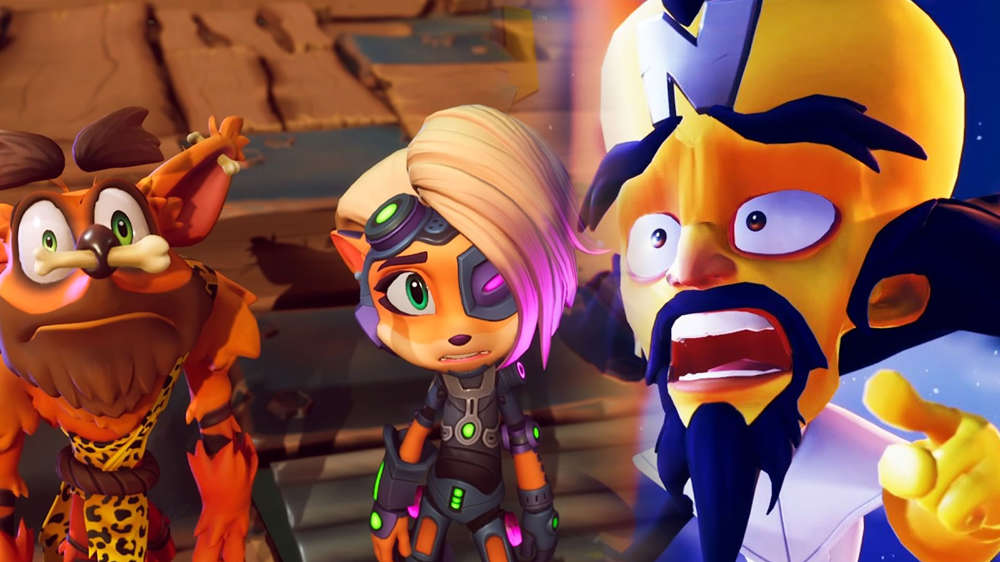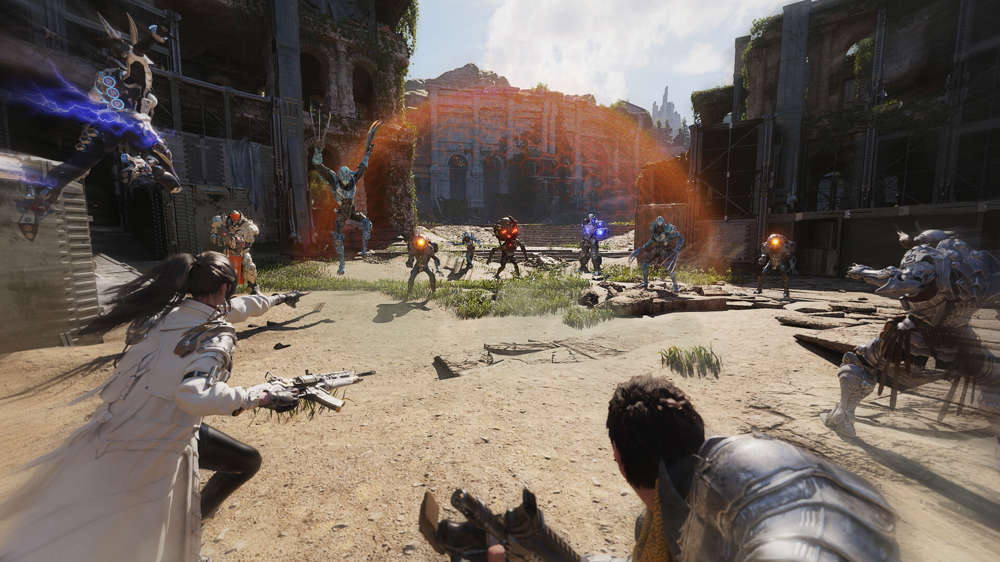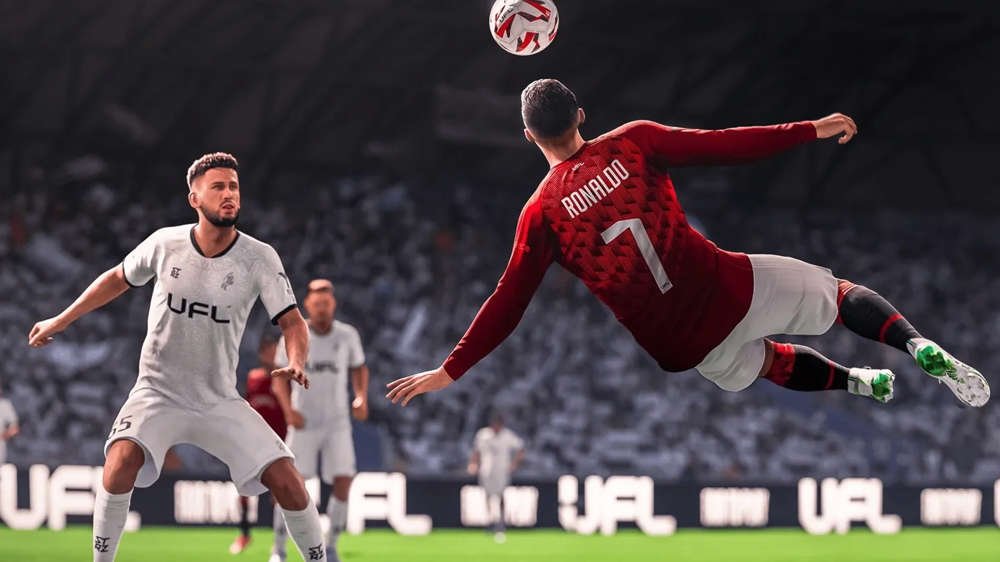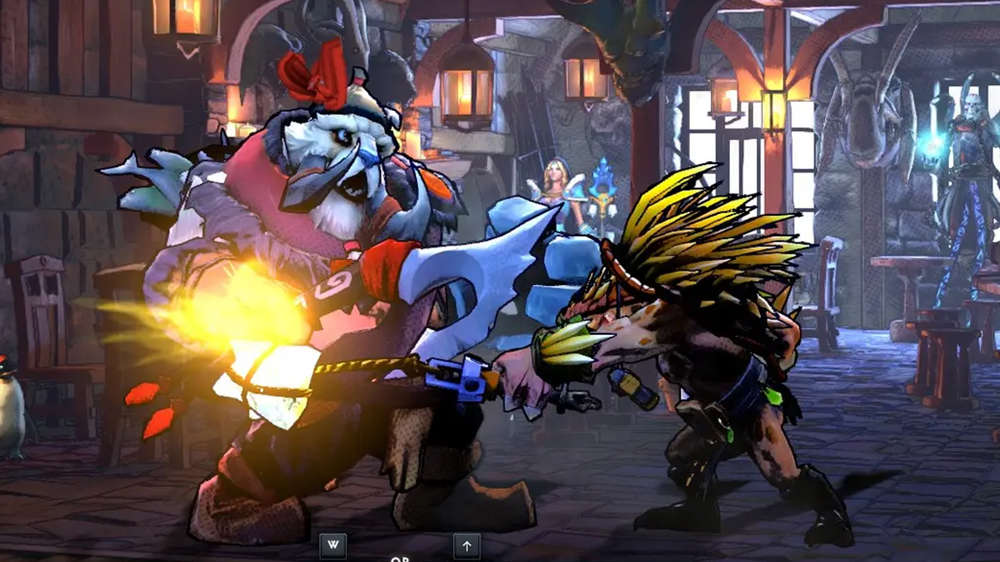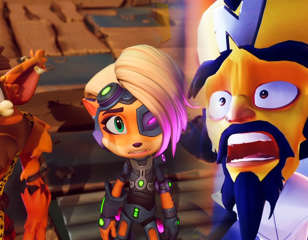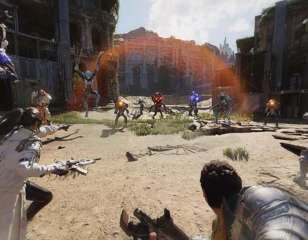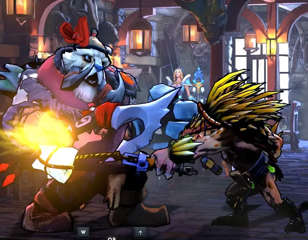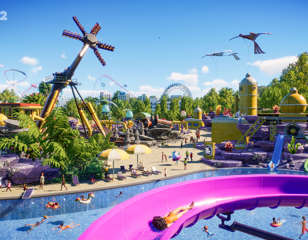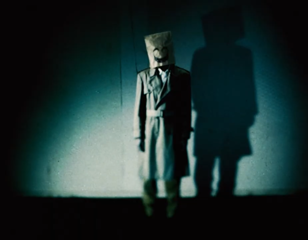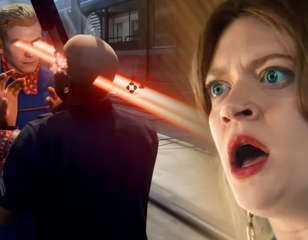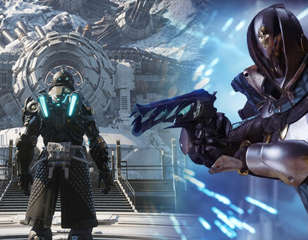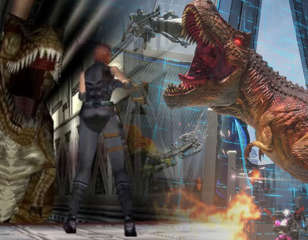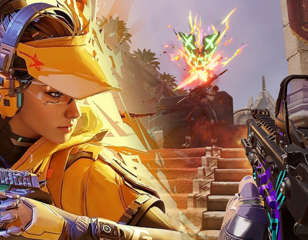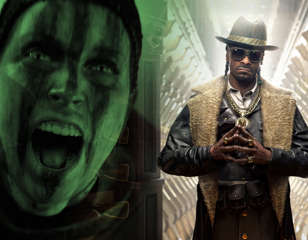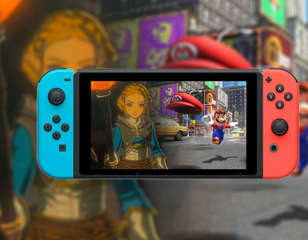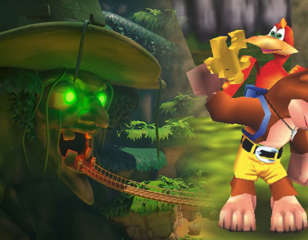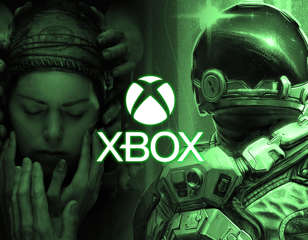Valve Tried To Make In-Game NFTs 11 Years Ago. They Failed Spectacularly
The crypto-bro's dream of in-game NFTs has already been realised. And it fell flat on its face over a decade ago.

Joseph Kime
24th Jan 2022 15:15
Valve
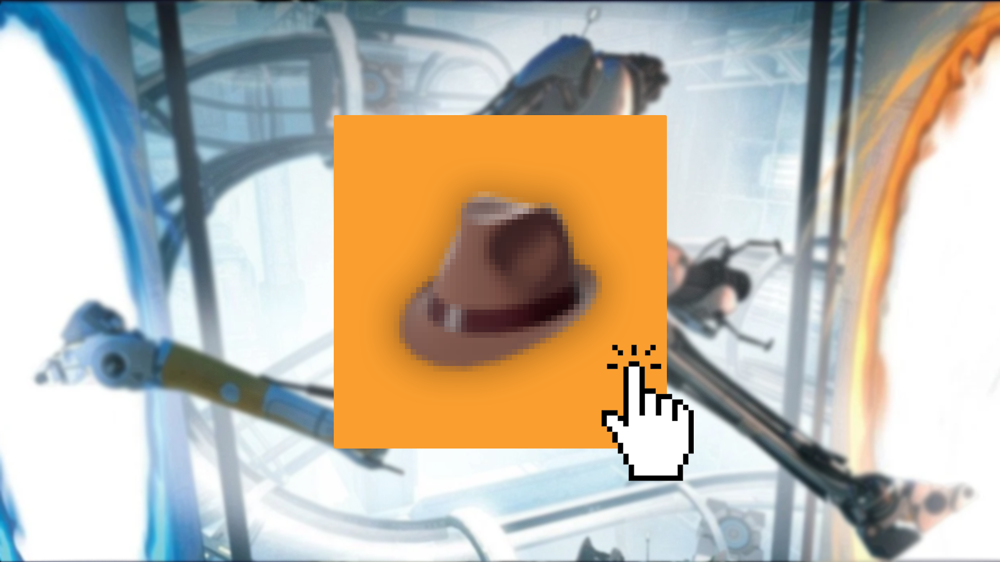
NFTs, or Non-Fungible Tokens, are a bizarre trend that has inexplicably spread across the internet at a remarkable rate, offering crypto-bros the chance to buy things that don't exist for extortionate prices.
The inner-workings of NFTs are so extensive and flawed it'd be impossible to list exactly how the blockchain binliners actually operate here without boring you half to sleep - but as a gamer, there's one thing you need to know for sure - it's coming to your doorstep.
The prospect of NFTs in gaming is a bizarre daydream that the likes of Ubisoft, Konami, and Square Enix are already buying into, and the infungible possibilities have already been speculated to be able to bring in-game items across every video game on the market. Bizarrely, it's Linkin Park's Mike Shinoda that has put this IP-infringing fantasy so succinctly.
This incredible future is what is powering the subject of NFTs straight into the laps of AAA developers, and it's got a lot of dorks excited - with just as many players decrying it as an idea that can never work.
And one corner has already had its point proven, as this dream was what powered one effort by gaming giant Valve more than a decade ago - and it failed so remarkably that nobody has attempted the practice since.
Valve NFTs Were Real - In Portal 2
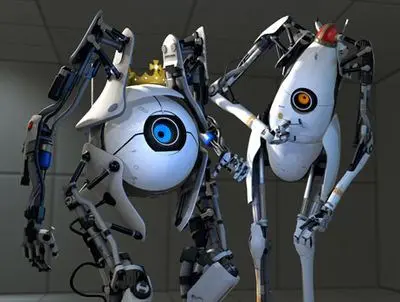
On April 18, 2011, Valve released Portal 2 to critical adoration. The game had been a long time coming, not just for gaming fans, but fans of Valve as a company. Hype was rampant among fans of the original game, especially those who had played it in the Orange Box collection, and had since migrated to the infectious ongoing gameplay of Team Fortress 2.
Though gaming fans waited with bated breath for the game, Valve knew that fans of their company were buzzing with anticipation more so than anyone else. So, they rewarded them in a pretty meta way.
The day after the game launched, a blog post went live on the Team Fortress website, with the header "Well That Was Close". In it was a tongue-in-cheek announcement that a small selection of hats that you could collect in Team Fortress 2 could also be worn in Portal 2's co-op mode, providing that you had the item in your backpack. "You've finally got a reason to buy Portal 2", reads the post. "Courtesy of Team Fortress 2. The best game that Valve makes with a '2' on the end."
This was a charming incentive for long-term fans of the game - or so you'd think. Because, as it turns out, nobody was biting.
Valve NFTs - What Went Wrong?
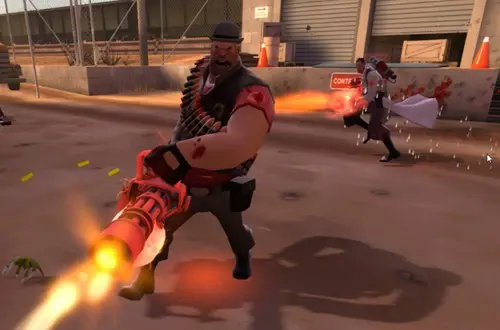
Though this effort was well-meaning, it simply didn't have enough interest to succeed long term. Along with these extra hats (which were, frankly, pretty lacklustre by themselves) came a cosmetics store which also tanked pretty substantially.
Team Fortress 2 had success with its own cosmetics to such a degree that it's partly credited as one of the key contributors to the modern skin-laden gaming structure adopted by Fortnite and Overwatch - so why did Portal 2 suffer the same fate?
It's theorised that Portal 2's limited multiplayer capabilities - playing with one player at a time compared to TF2's full teams in every game - led to a lack of uptake to all cosmetics in the game. But, realistically, the game's cosmetics were confusing.
Hats are hard to corral and collect in TF2 at the best of times, and by the time the option to use them fell to Portal 2 players, puzzlers either didn't have any of the limited hats that could be used, or didn't care enough about the possibility of wearing the same hat in two different games. The scheme was closed with the in-game store, and for the most part, went completely forgotten.
So, if players who loved both of the two games involved in a cross-game cosmetic system didn't care enough to even engage with it, even on a conceptual level - then how can NFT enthusiasts expect players to engage in an even more convoluted version of this, with absolutely zero engagement going into it?
What Can The Valve NFTs Teach Us About Gaming NFTs?
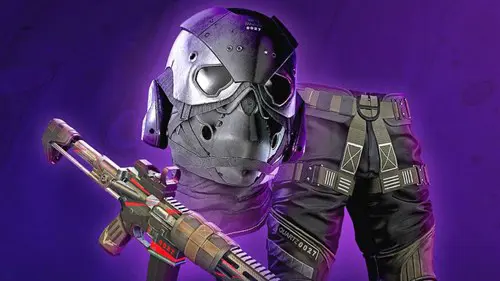
If there's one thing that can be understood from this tried-and-failed practice, it's this - if one of the biggest and most iconic gaming companies can't make cross-game cosmetics work in only two immensely popular titles, why would video game giants, with zero connective tissue between them, give the idea the time of day?
Though the concept that Shinoda enthusiastically outlines in his tweet is an attractive dream, there's so much left unconsidered. The likes of Fortnite and VALORANT have no incentive to work together for the sake of a decentralised currency system, and the extra development time it would take for each game to recreate every cosmetic in their own image would be bafflingly big. Even with those roadblocks aside, Portal 2's cosmetic crossover failing with even the most dedicated fans in tow proves that interest simply cannot work when it is spread as thin as NFT fans expect it to be. Not even interest from Ubisoft or Square Enix can make it work, and though the thought of cosmetics that appear in every game you play is an attractive one, Valve has already proven, 11 years ahead of time, that it simply cannot work.
Hopes for NFTs in video games will remain un-dashed, though, and crypto-bros will fight for a world that still clings to the hopes that Valve abandoned over a decade ago. But if there's one thing to take away from this attempt to cross the streams, let it be this - if Valve, the leaders in PC gaming, can't manage cross-game cosmetics, don't expect a miscellaneous Twitter dork with a rip-off Bored Ape profile picture to be able to change the face of gaming. Because they can't.

About The Author
Joseph Kime
Joseph Kime is the Senior Trending News Journalist for GGRecon from Devon, UK. Before graduating from MarJon University with a degree in Journalism, he started writing music reviews for his own website before writing for the likes of FANDOM, Zavvi and The Digital Fix. He is host of the Big Screen Book Club podcast, and author of Building A Universe, a book that chronicles the history of superhero movies. His favourite games include DOOM (2016), Celeste and Pokemon Emerald.
